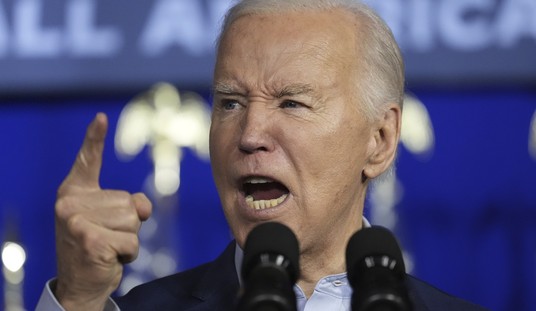Much has been said and written lately about “for-profit higher education” – in large part because the U.S. Department of Education is expected to soon publish so-called “Gainful Employment” rules that would place de facto mandates on who these schools can teach and what they can be taught. Coupled with heated hearings on Capitol Hill led by Senate Health, Education, Labor & Pensions Committee Chairman Tom Harkin, and a slew of largely unbalanced media coverage, the sector has taken an enormous hit of late.
To be fair, the sector has acknowledged past abuses in recruiting and financial-aid counseling practices. But to be more fair, perhaps it’s time to think about what function these institutions serve, and what higher education would look like if they were to disappear—as the recent barrage suggests many would like.
First, let’s think about the typical student enrolled in for-profit schools today: it’s not the fresh-out-of high school 18-year old whose parents finance them on to full-time college. Far and away, it’s the so-called “non-traditional” student—older, working adults, often minorities, who typically support a family. Just a decade ago, a higher education simply wasn’t in the cards for this large and rapidly growing segment of the U.S. population; today they are there by the many thousands.
Understandably, these are not students in school for a liberal arts grounding, intramural athletics and weekend partying, but for highly focused programs that help them advance in a current career or begin a new one. These are programs shaped by the real-life needs of employers who face workforce shortages – programs that tie learning to long-term, sustaining, new American jobs in criminal justice, IT, health care and other professions. Moreover, they are delivered in an environment sensitive to these students’ real-life needs: one that allows them to learn late at night or before dawn, at their own pace, with flexible course offerings, remote learning and faculty who are often practitioners in their respective fields and real-life role models. They offer a student-focused approach that is arguably harder to find in crowded classrooms.
Recommended
Another reality is that all the qualities that distinguish non-traditional students from their traditional peers, also make them more apt to drop out of school. The Department of Education classifies these traits as “risk factors” that heavily impact graduation rates. Yet, when students with similar risk factors are compared, those that attend for-profit institutions typically have a greater likelihood of graduating than their peers at other schools. When graduation rates at two-year for-profit programs are compared to two-year public programs (community colleges), the disparity is even greater—60% vs. 26%.
To be sure, not every student is right for the for-profit system; each needs and deserves an opportunity to assess whether a program is the right fit before getting locked into a financial obligation. The schools are responding: Kaplan, for instance, has a program that gives students the chance to take classes for over a month that frees them from any financial obligation if they decide to leave. What’s more, this grace period gives instructors the ability to help a student gauge whether he or she is likely to succeed in that particular program.
So the fair question to ask is, “Where would these students go if the for-profit sector didn’t exist?” Many suggest community colleges—but for all the reasons above, complicated by the huge state budget deficits and overcrowded classrooms confronting many community colleges today—it’s not a perfect substitute.
As President Obama made bluntly clear is his State of the Union address last week, having no degree is really no longer much of an option:
Many people watching tonight can probably remember a time when finding a good job meant showing up at a nearby factory or a business downtown. You didn't always need a degree, and your competition was pretty much limited to your neighbors. If you worked hard, chances are you'd have a job for life, with a decent paycheck, good benefits, and the occasional promotion. Maybe you'd even have the pride of seeing your kids work at the same company. That world has changed. And for many, the change has been painful. I've seen it in the shuttered windows of once booming factories, and the vacant storefronts of once busy Main Streets. I've heard it in the frustrations of Americans who've seen their paychecks dwindle or their jobs disappear – proud men and women who feel like the rules have been changed in the middle of the game.
The rules of the game have changed. The for-profit sector has grown to reflect the new reality that access to a higher education is no longer the province of the privileged few, but a prerequisite to “owning our future” as a country and as individuals.
The need for more options in higher education is greater today than ever before. And judging by demographics and a changing economy alone, it’s a need that will only grow.

























Join the conversation as a VIP Member